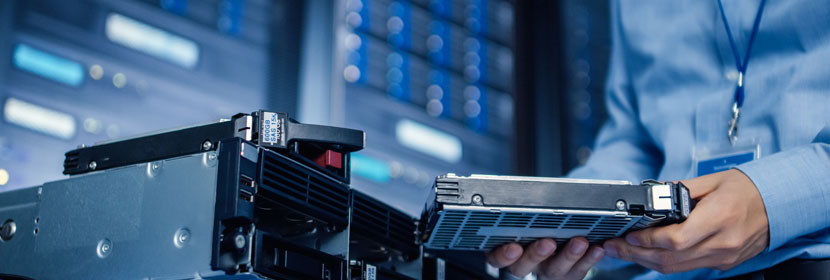
Artificial Intelligence (AI) was just a sci-fi concept, and it really wasn’t that long ago. Today AI is rooted in our every day lives. After all we’re seeing how AI is transforming industries across the board.
We can see a clear area in which AI is making a lot of difference: that’s in IT support. Integrating AI-powered tools and systems can change so much about how companies and their support partners deliver technical assistance. That means we can look at using our new intelligent friends to do things like enhancing support efficiency, while improving the ability of It support people to solve problems. In the end to go on and to build up to a better user experience.








